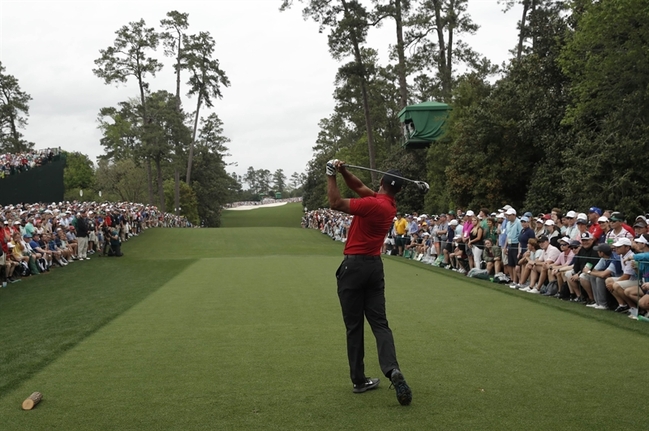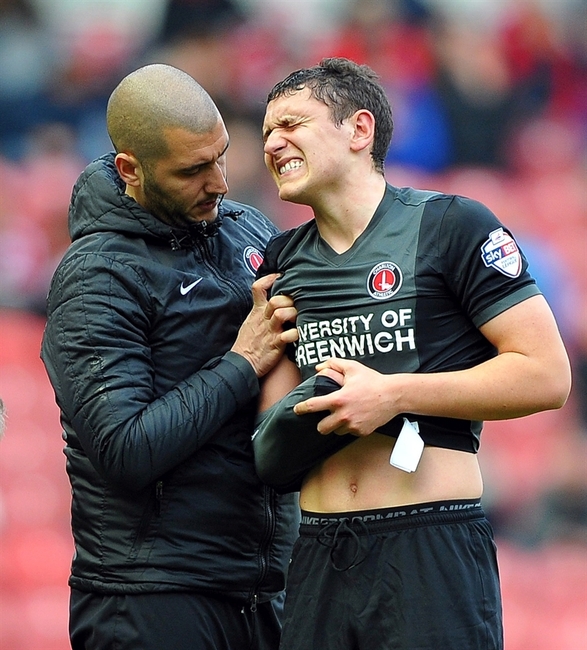Saved by the bell: beating the injury count
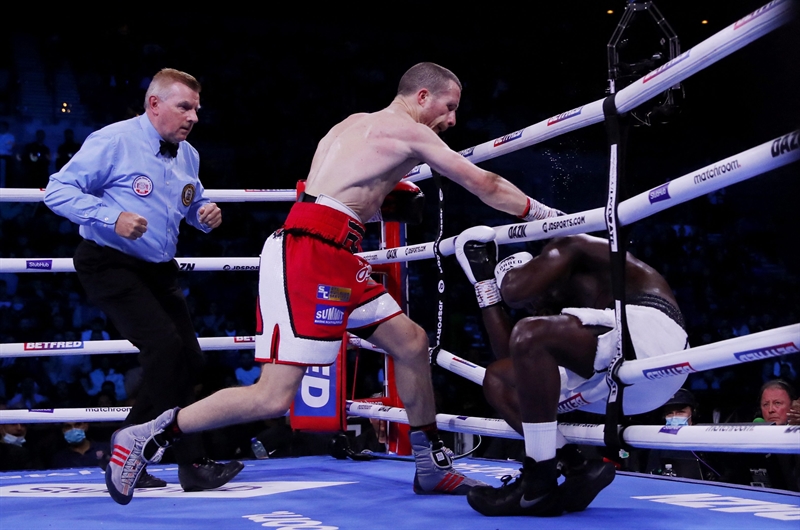
Introduction
Combat sports require athletes to impart blows with a closed fist. Therefore, it is inevitable that hand and wrist injuries will occur. Interestingly, hand injuries are more common than head injuries in boxing(1). Hand injuries directly impact sports participation, and prevention is essential when working with combat athletes. A multi-disciplinary approach is vital to ensure that the correct preventative strategies are in place. Injury prevention includes professional coaching, protective strapping (hand wraps), custom fit gloves for training and sparring, progressive load management, and routine hand screening for signs of swelling and deformity(2). However, with the best preventative measures in place, an athlete is still susceptible to injury (see table 1)(3).Table 1: Prevalence and pathology of common boxing hand injuries(3)
| Injury | Pathology | Prevalence |
|---|---|---|
| Skier’s Thumb | An acute tear of the ulnar collateral ligament (UCL) of the thumb’s metacarpophalangeal joint (MCPJ) | 23% |
| Boxer’s Knuckle | Damage to the extensor hood of the second to the fifth MCPJs | 12% |
| Traumatic Carpal Boss | Subluxation of the metacarpal bases | 12% |
| Bennett’s fracture and dislocation | An intra-articular fracture of the base of the first metacarpal with resultant dislocation at the first carpometacarpal joint (CMCJ) | 10% |
| Boxer’s Fracture | Metacarpal fractures of the second to fifth metacarpals, with the majority being the base of the fifth | 8% |
Skier’s Thumb
Skier’s thumb is a tear to the UCL of the first MCPJ. The UCL most commonly tears at the distal insertion onto the proximal phalanx. The UCL has two distinct bands, the accessory band, which is tight in extension and loose in flexion, and the proper band is tight in flexion and loose in extension.The mechanism of injury is thumb hyperabduction, hyperextension, or both. The degree of injury may vary from mild to severe, and an avulsion may occur in a high-grade injury(1). A Stener lesion occurs when the aponeurosis of the adductor pollicis muscle displaces the UCL (see figure 1)(4). A Stener lesion occurs in 64-87% of complete ruptures, divides the ruptured ends, and prevents the UCL healing, leading to MCPJ instability(5).
Figure 1: A Stener lesion
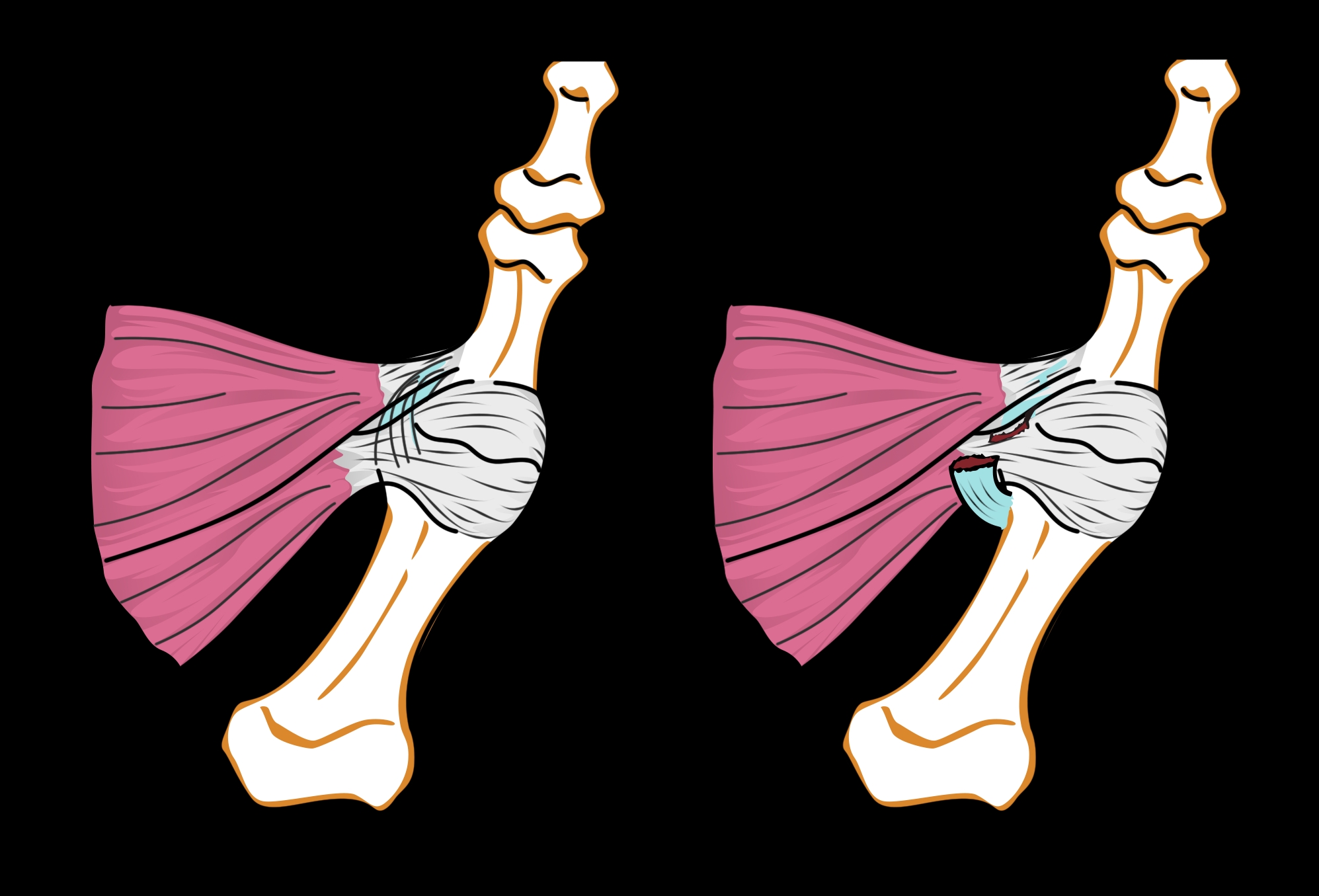
(A) The UCL’s normal position is deep to the adductor pollicis muscle insertion.
(B) Following the injury, the thumb reduces to normal alignment; however, the torn ligament folds back on itself and is held there by the aponeurosis of the adductor pollicis muscle.
Signs and Symptoms(1,3)
- Swelling and hematoma around the joint.
- Valgus stress test >30 degrees or an increase of > 15 degrees compared to the contralateral side.
- A palpable lump on the ulnar aspect of the MCPJ may indicate a Stener lesion.
- MRI and ultrasound show the degree of UCL disruption and the presence of a Stener lesion, and an x-ray will show an avulsion injury.
Treatment(1,3)
- Clinicians manage a partial tear with less than 3mm displacement and without a Stener lesion with four to six weeks in a removable thermoplastic splint. Athletes should protect the injury following the splint removal while initiating rehabilitation. Athletes typically return to punching after two to three months post-injury.
- Partial tears with more than 3mm displacement typically fail conservative management and require surgical intervention.
- A complete tear with a Stener lesion requires surgical correction to re-establish joint stability.
Bennett’s Fracture
Bennett’s fracture occurs at the base of the first metacarpal and extends into the CMCJ (see figure 2). There is typically a degree of subluxation and instability. The mechanism of injury is axial loading onto a partially flexed thumb, which may occur while punching with a fist. In addition, fractures may displace due to the close and robust ligamentous attachments of the CMC ligaments to the proximal metacarpal(1,6).Figure 2: Bennett’s Fracture
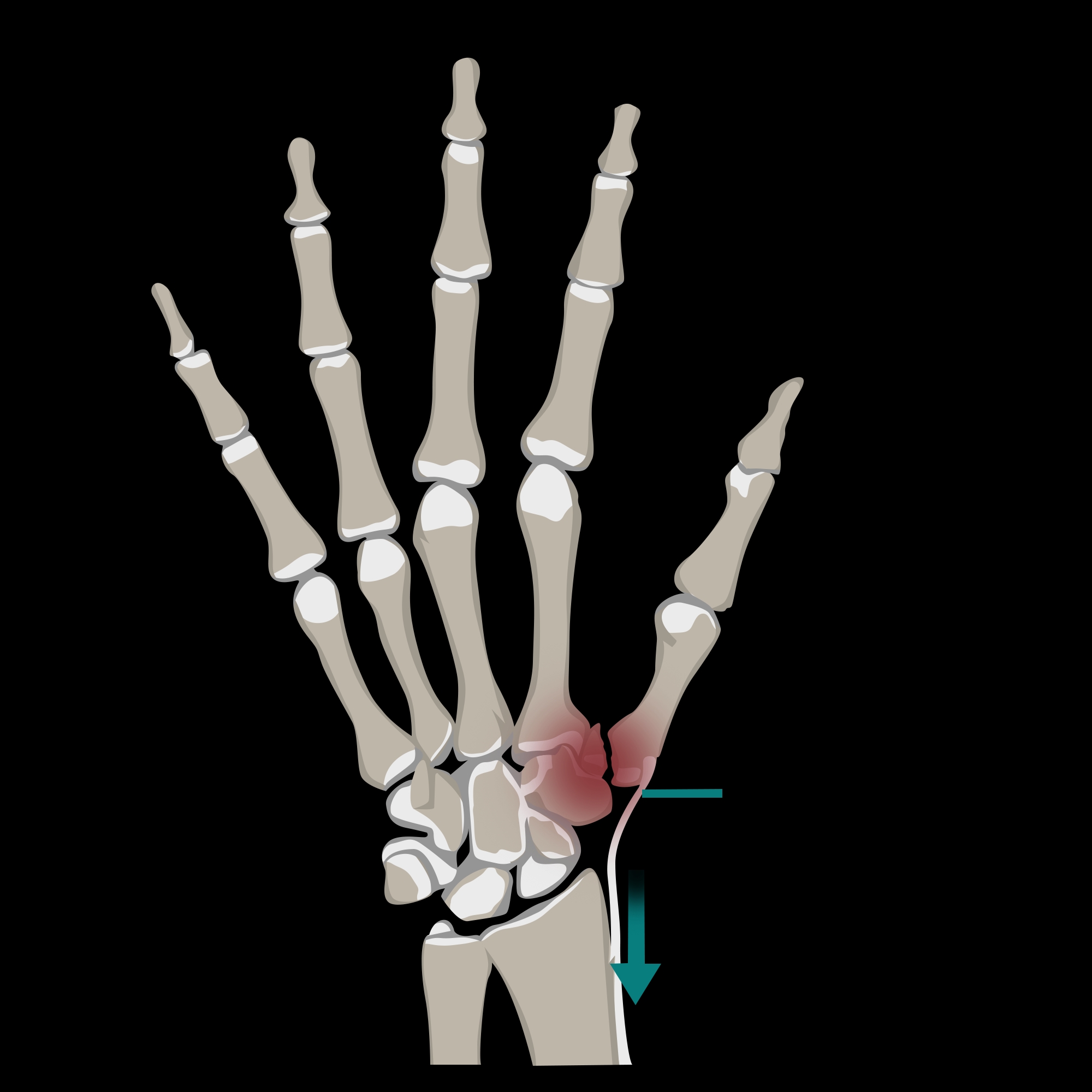
Signs and Symptoms
- Pain and swelling at the base of the thumb.
- Loss of first CMCJ function.
- Imaging is required to distinguish the degree of subluxation.
Treatment
Clinicians may recommend surgical intervention in boxing athletes due to the sport’s demands. Surgery may be open reduction with internal fixation (ORIF) or closed reduction with percutaneous fixation (CRPF). Both methods result in satisfactory outcomes as long as the bony apposition of the fragments is within 2mm of the articular step-off(7).
Boxer’s Knuckle
Boxer’s Knuckle is an injury to the extensor mechanism of the second to fifth MCPJs, with damage to the longitudinal central tendon, transverse sagittal fibers, and underlying joint capsule (see figure 3). Boxer’s Knuckle may result from an acute traumatic incident or repetitive trauma(8).Figure 3: Boxer’s Knuckle

Signs and Symptoms
- Pain and swelling over the dorsal aspect of MCPJ.
- Snapping or loss of range of motion with MCPJ extension.
- Subluxation of the central tendon.
- Tenderness on tendon palpation.
Treatment
Disruption of the central tendon may prove career-ending in combat athletes; therefore, a surgical correction would be necessary. Surgeons will directly repair the central tendon, sagittal bands, and capsule and splint the hand in 60-70 degrees of MCPJ flexion for six weeks. Following the splint removal, athletes may commence progressive hand therapy and return to training at 12-16 weeks post-surgery(2).
Traumatic Carpal Boss
Traumatic Carpal Boss is a common but under-recognized combat sports hand injury. Athletes will present periarticular hypertrophic bone spurs with possible subluxation and degeneration at the CMCJ, particularly at the index and middle finger base. The mechanism of injury is typically chronic trauma due to repetitive punching(2).Signs and Symptoms
- A painful, large bony prominence develops on the volar side of the CMCJ of the index and middle finger.
- Imaging demonstrates hypertrophic bone formation at the CMCJs.
Treatment
Clinicians may manage acute sprains to the CMCJ conservatively with splinting and rest. However, over time, an athlete who suffers repeated CMCJ sprains may develop instability and subsequent degeneration that may require fusion to stabilize the joint(1,2).
Boxer’s Fracture
A Boxer’s Fracture is a fracture of the neck of the fifth metacarpal. The mechanism of injury is an acute axial load to the fifth metacarpal that creates a bending moment at the neck (see figure 4). A fifth metacarpal fracture may occur when punching and result in a dorsal angulation due to the pull of the interosseus muscles of the hand(9).Signs and Symptoms
- Pain and swelling on the ulnar side of the hand.
- An x-ray will show the fracture type and angulation.
Figure 4: Boxer’s Fracture
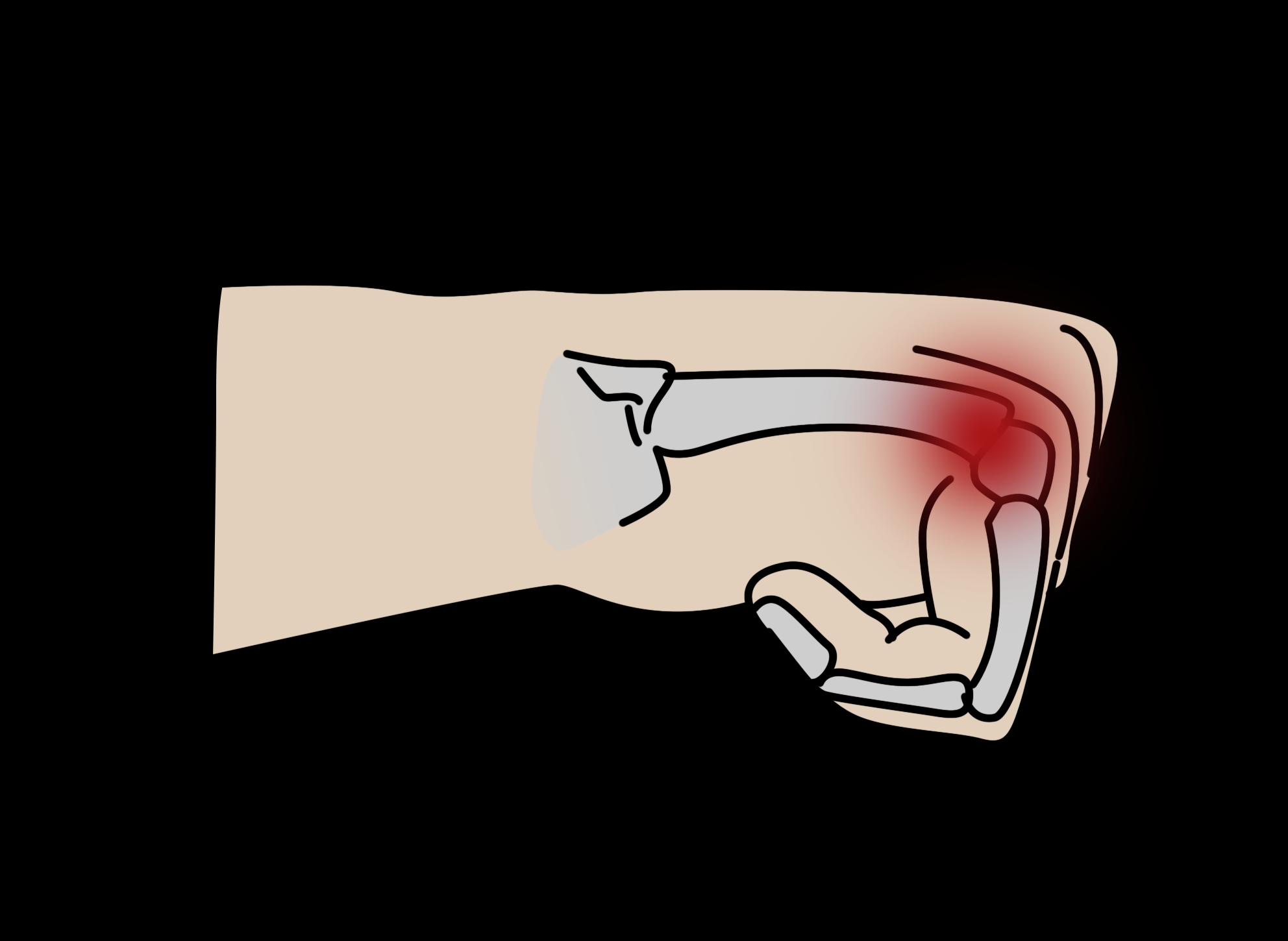
Treatment
Clinicians conservatively manage uncomplicated fractures with a gutter splint. The best position for splinting is with the wrist extended 20 degrees and the CMCJ flexed to 60-70 degrees with the fingers extended. Uncomplicated and closed fractures demonstrate positive outcomes with buddy taping. However, open, compound or intra-articular fractures will require surgical fixation. Furthermore, fractures extending into the metacarpal head with more than 1mm of displacement or shortening >5mm will also require surgery(9).
Conclusion
Wrist and hand injuries are common in boxing. These typically involve the thumb, metacarpals, and carpometacarpal joints. Athletes can sustain injuries through repetitive or acute trauma. Clinicians should maintain a high degree of suspicion when assessing hand injuries due to the potential for long-term complications and loss of function. Conservative management may be suitable for recreational athletes depending on the injury, but surgical intervention may be necessary for elite and professional athletes. Re-establishing the structural integrity is essential to ensuring the return to sport and limiting negative long-term consequences.Reference list
- Br J of Sports Med. 2015; 49: 1100-1107.
- Clin Sports Med. 2009; 28: 609–621
- Am J of Sports Med. 1987: 15: 342-346.
- 2017; 12(3):283-289.
- Int J Emerg Med. 2013; 12;6(1):31
- Acta Chir Scand Suppl. 1954;193:1-114
- Hand Surg Rehabil. 2019;38(2):97-101
- Semin Musculoskeletal Radiol. 2012. 16; 338-350.
- 2020: 12(7): e9442. DOI 10.7759/cureus.9442
You need to be logged in to continue reading.
Please register for limited access or take a 30-day risk-free trial of Sports Injury Bulletin to experience the full benefits of a subscription. TAKE A RISK-FREE TRIAL
TAKE A RISK-FREE TRIAL
Newsletter Sign Up
Subscriber Testimonials
Dr. Alexandra Fandetti-Robin, Back & Body Chiropractic
Elspeth Cowell MSCh DpodM SRCh HCPC reg
William Hunter, Nuffield Health
Newsletter Sign Up
Coaches Testimonials
Dr. Alexandra Fandetti-Robin, Back & Body Chiropractic
Elspeth Cowell MSCh DpodM SRCh HCPC reg
William Hunter, Nuffield Health
Be at the leading edge of sports injury management
Our international team of qualified experts (see above) spend hours poring over scores of technical journals and medical papers that even the most interested professionals don't have time to read.
For 17 years, we've helped hard-working physiotherapists and sports professionals like you, overwhelmed by the vast amount of new research, bring science to their treatment. Sports Injury Bulletin is the ideal resource for practitioners too busy to cull through all the monthly journals to find meaningful and applicable studies.
*includes 3 coaching manuals
Get Inspired
All the latest techniques and approaches
Sports Injury Bulletin brings together a worldwide panel of experts – including physiotherapists, doctors, researchers and sports scientists. Together we deliver everything you need to help your clients avoid – or recover as quickly as possible from – injuries.
We strip away the scientific jargon and deliver you easy-to-follow training exercises, nutrition tips, psychological strategies and recovery programmes and exercises in plain English.







